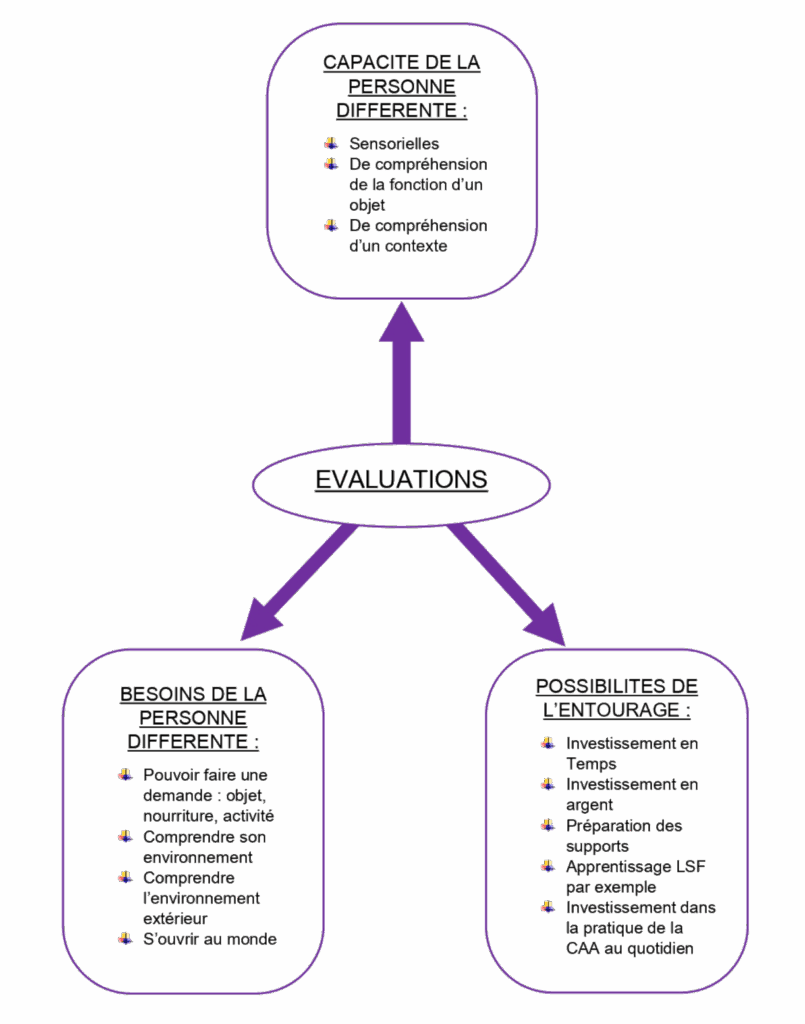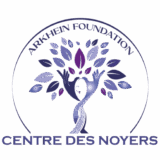COMMUNICATION
Communication — verbal / nonverbal split
Nonverbal (facial expressions, gestures, posture, eye contact, etc.) is a big part of how people receive your message.
- Mind your eye contact and posture
- Match your tone and body language to the message
- Keep the verbal part clear and structured
Alternative or Augmented Communication (AAC)

CHOOSING BETWEEN ALTERNATIVE AND AUGMENTATIVE COMMUNICATION (AAC)
Two starting points:
- Nonverbal child → Alternative communication: replaces speech using sign language (e.g., LSF), pictograms, pictures, and photos.
- Verbal child → Augmentative communication: supports understanding and expression, reduces frustration; can use sign language, pictograms, pictures, and photos.
Bridge: the alternative route can shift to the augmentative route as progress is made.
At Centre des Noyers: preferred tools are sign language (LSF) and PECS.
Communication: Choosing the Right AAC Tool

Starting point for AAC support: the assessment.
It looks at three areas:
- the person’s abilities (sensory skills, understanding of objects and context),
- their top needs (being able to ask, understand the environment, open up to the world),
- the support network’s capacity (time, resources, preparing materials, training—e.g., LSF—and everyday commitment).
Why? To set shared priorities and choose realistic, well-suited tools/strategies with the people around the person, to improve daily communication.
